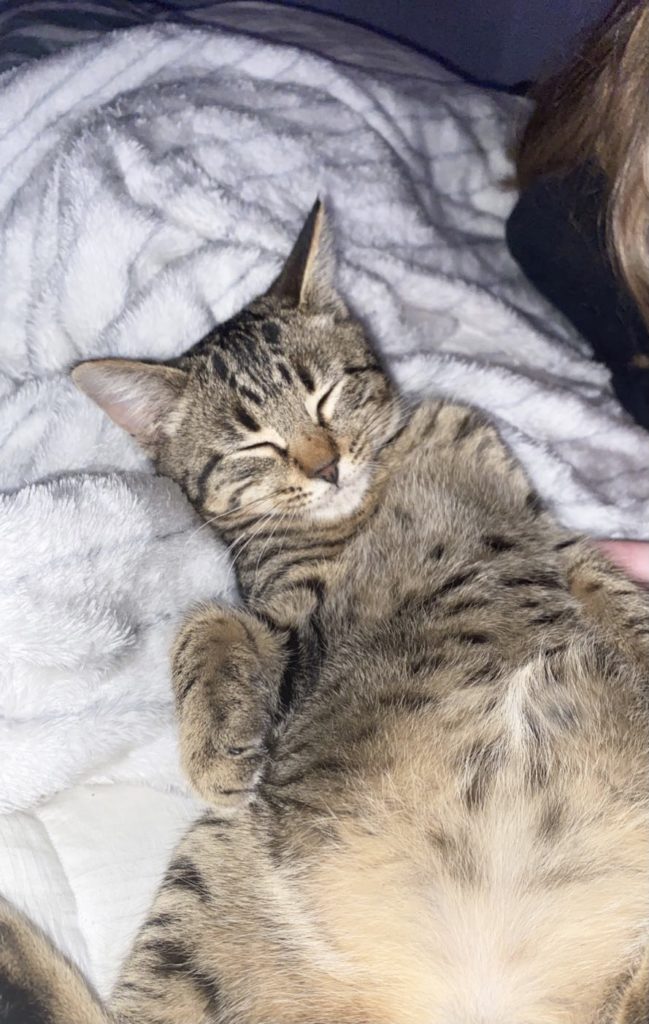WELCOME TO THE FIFTH INSTALLMENT OF THE INTERN JOURNEY. THE FELINE CONNECTION IS GROWING, AND WE HAVE OUR FIRST INTERN HANNA! OVER THE COURSE OF HER THREE MONTHS AS PART A VERMONT HIGH SCHOOL WORK EXPERIENCE INTERNSHIP PROGRAM, HANNA WILL BE HELPING IN MANY AREAS AND WRITING A BLOG POST ROUGHLY ONCE A WEEK THROUGHOUT HER INTERNSHIP.
BY HANNA
This is the fifth blog I have done so far! Time with The Feline Connection (TFC) seems to be going by more quickly each day we meet. This past week was one of the busiest we have had. We, fortunately, got to meet with two volunteers from TFC. We talked to Mara who is the Volunteer Coordinator on Monday about volunteering and trapping. She is newer to trapping and she gave me helpful information that I can use in the future. I met Diane and talked with her on Tuesday and she gave me even more advice on trapping.
Mara explained how she became interested in rescuing and how she continued to be involved, which eventually led her to TFC. Mara got interested in TNR (trap, neuter/spay, return) when she started trapping in her own neighborhood for the Humane Society. She started volunteering to trap cats and when her friends with a barn needed help, she immediately volunteered. She could not stop trapping and helping once she started, so she decided to join The Feline Connection. As time went on, Mara had to reassure herself that cat rescue is going to be something that she will have time for and is emotionally prepared for. When working with animals, it is important to understand that animals have feelings too.
Mara talked about the importance of traps and the appropriate ways of how to use them. Important rules of the job include actively watching the traps, mentally preparing yourself, and practicing safety for both yourself and the cat. Trapping animals can be emotional for people and developing skills to work with people is important too. Some landowners don’t want you on their property or farmers and families think you are trying to take their pets. Staying calm in situations like this is a professional way to handle it because the main focus at that time is rescuing the cats. Explaining who you are and your job to them calmly and respectfully will help them help you. Cats can also get hurt in the traps if they’re scared and freaked out or if it was not properly put together. Being very gentle and easy with both the cat and the cage is a must.
Mara had recently become the Volunteer Coordinator for TFC and she mentioned needing more volunteers and help for trapping, fostering, and rescuing. She explained that making sure people are good for the job and that they will be a good addition to TFC is important because you want to create a positive volunteer environment with the people you are volunteering with. She also talked about how she connected and got involved with everyone she was working with to build better relationships throughout the community. Talking with Mara helped me understand and know more about trapping and her position with The Feline Connection because the skills will be useful when I am ready to have my own rescue.

